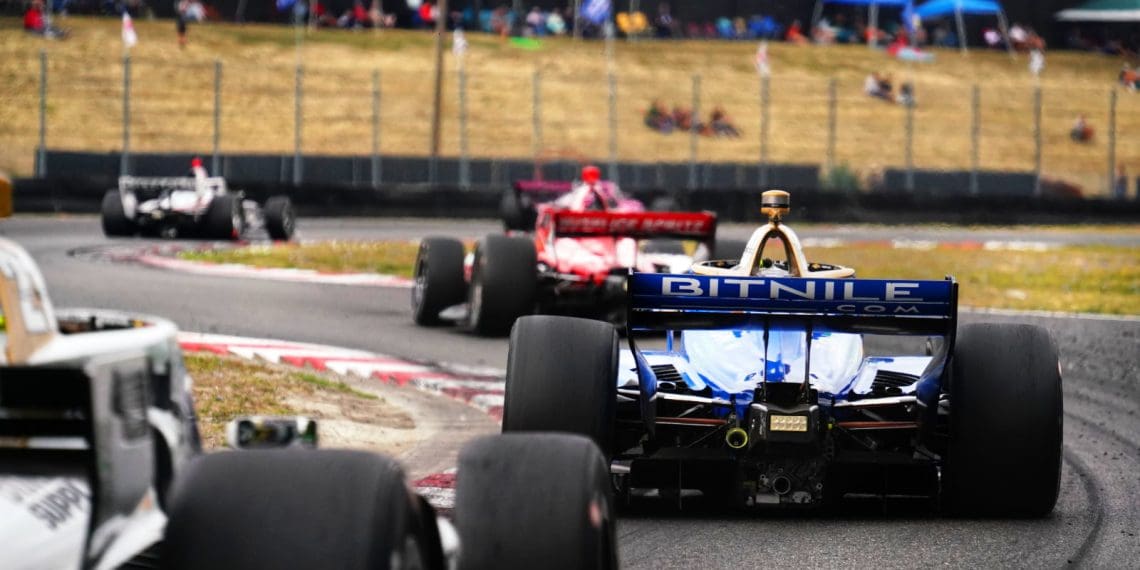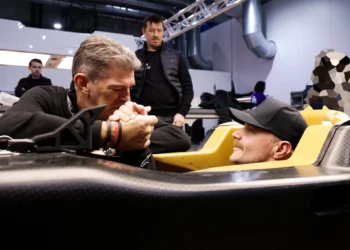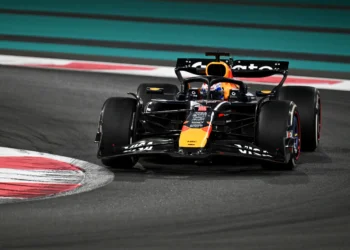The next season of IndyCar will see the introduction of several safety improvements. The NTT IndyCar Series recently revealed the technical details of these new components that will be used in the 2024 season. Different areas of the car will receive updates, each offering unique benefits such as increased safety in case of accidents, improved visibility, and greater comfort for the driver.
One of the most noticeable changes will be the incorporation of LED lights on the end plates of the rear wing. These lights will be positioned facing backward, assisting the driver in assessing the distance to the car in front, especially in wet racing conditions where visibility is compromised by water on the track. Additionally, the rear attenuator, which already has a red light in its center, will now be further enhanced by these new lights, providing a clearer indication of the car’s edges.
In addition, the addition of new cooling vents in the Aeroscreen protection will greatly benefit the drivers during demanding racing conditions. These vents, located near the top and bottom of the polycarbonate screen, will direct a significantly larger amount of air towards the driver and facilitate the expulsion of hot air from the cockpit. By addressing the issue of stagnant air, which has been a concern since the introduction of the Aeroscreen, drivers will have improved safety and comfort, especially during high summer temperatures. The updated screen with these vents will be introduced at the IMS circuit race in early May and will be used for the remainder of the season on street and road circuits.
From a technical standpoint, IndyCar is also implementing new regulations regarding wheel attachment to the cars during accidents. These changes are a direct response to Kyle Kirkwood’s accident during the recent Indianapolis 500, where his wheel came loose and flew over the safety fences. All cars will now have a reinforced rear support, and the wheel tethers will be attached to this new component instead of the brake attachment pins. Additionally, stronger wheel bearing retention nuts, introduced in the middle of last year, will now be used on all four wheels, not just the rear ones.
Collectively, these new updates aim to provide a safer racing environment for both drivers and fans. Furthermore, the highly anticipated introduction of the hybrid powertrain in the middle of the season will bring significant changes for drivers and teams, marking a crucial moment in the championship.










